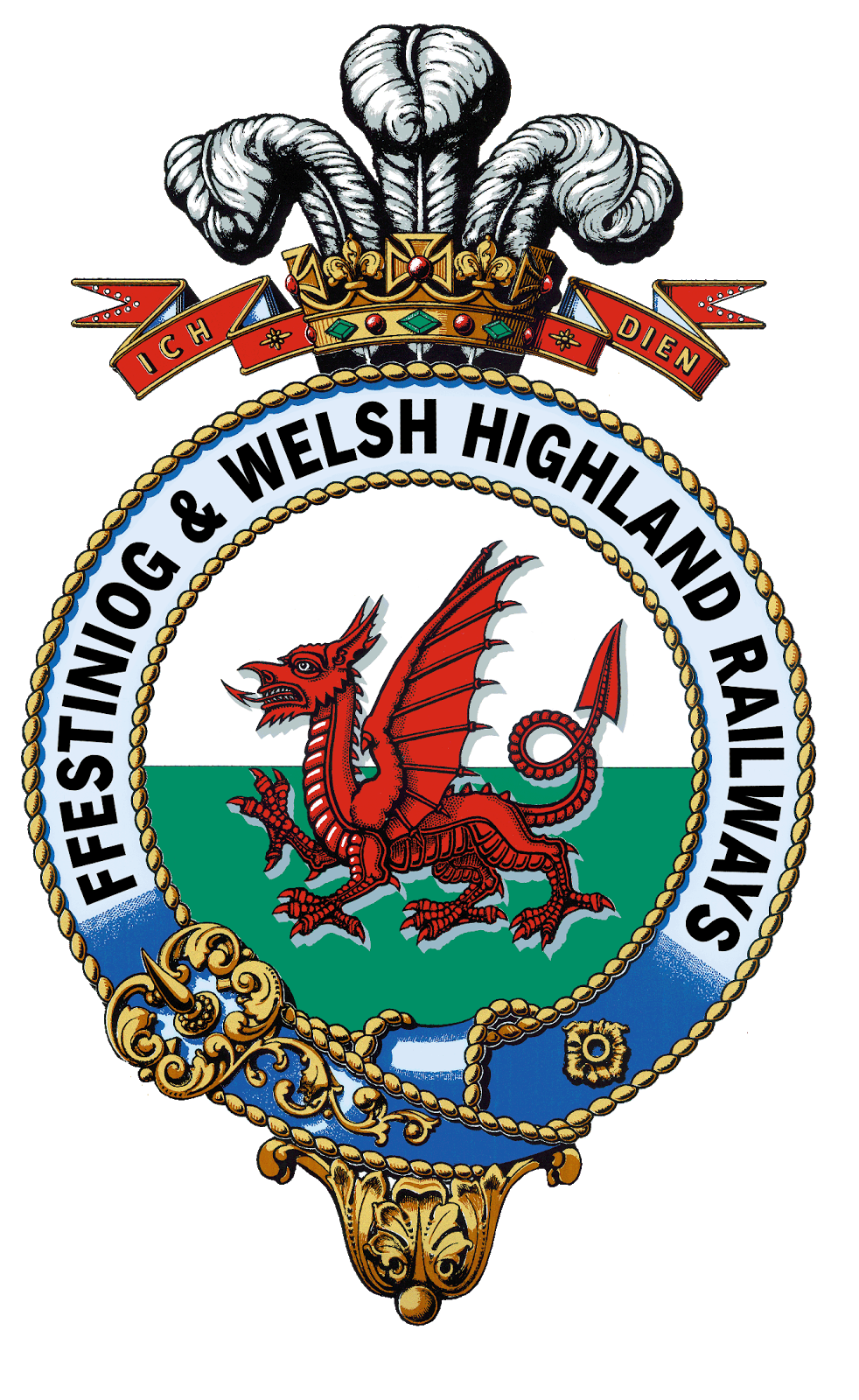When you model one railway for a quarter of a century things start to get confusing, especially when the running numbers of the rolling stock are recycled.
Carriage 103 is a case in point. You're showing your age if, like me, the vehicle that comes to mind is the 1968 Barn buffet car rather than the new 'Superbarn' which has absolutely no link to the previous carriage to bear the number, other than the number itself.

This is my second (of three) models numbered 103. Two of them are of this buffet carriage.
The version you see above shows it in the condition it ran for much of the 1990's and through until its withdrawal in 2006 with smooth, aluminium-faced panels and the MkIII style sausage-shaped windows in the buffet area. I always felt it brought a bit of Inter-City chic to the Welsh NG!
Someone - arguably with too much time on their hands - once pulled together some statistics from 103's 38 years service on the FR.
They calculated that it ran 524,233 passenger miles - which apparently gets you to the moon and most of the way back - which is the equivalent of 19,416 return trips to Blaenau Ffestiniog.
And if you assume that there was a different bum on each of its 17 seats for each of those journeys it could have carried up to 30,800 passengers - and more importantly relieved them of a lot of money for refreshments.
Refreshments which in recent years have included bottles of ale from the Purple Moose Brewery, which is a neat link into this picture below.

If the reference is lost on you, allow me to explain.
A number of years ago a spoof picture was published in the Ffestiniog Railway magazine showing 103 painted up to advertise the local brewery - run by an FR volunteer - and which was a reference to a wind-up a couple of decades previously when the magazine reported that one of the carriages would be painted to advertise the Yellow Pages. I believe a number of people were taken in by it at the time.
Of course, all the best jokes have an element of credibility about them, and I recall that this Purple Moose spoof came about around the same time we were beginning to see standard gauge trains being used as mobile billboards thanks to vinyl wrap technology.
Some members of the layout crew have always enjoyed winding up the viewers at exhibitions, so the picture from the magazine was scanned, reduced to the same size as the model and a print out stuck on top. It matched the dimensions of the model carriage almost perfectly, which is a bit of luck!
It was not very high-tec - just ordinary paper stuck on with some tiny blobs of blue tack - and was only supposed to last for one exhibition appearance, but goodness knows how many years later it's still stuck to the side of 103.




















































